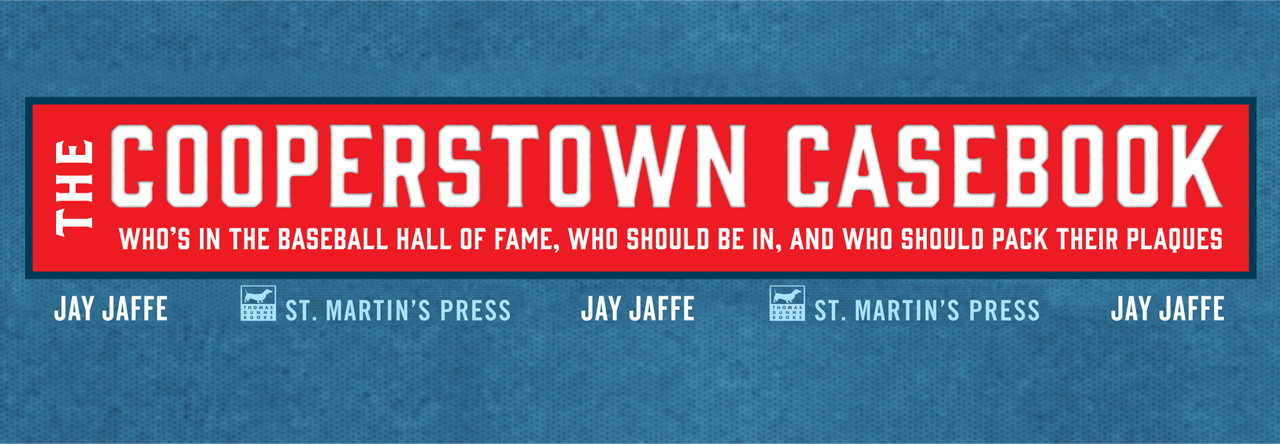11th in JAWS (84.0 career/74.9 peak/79.4 JAWS)
Teams: Worcester Ruby Legs 1882 • Chicago White Stockings 1884–87 • Boston Beaneaters 1888–92 • Cleveland Spiders 1892–94
Stats: 328-178 • 2.81 ERA • 133 ERA+ • 4,536.1 IP • 1,978 K
Rankings: 6x top 5 W • 6x top 5 WAR • 5x top 5 ERA • 5x top 3 K • 4x led IP
All-time: T-10th ERA+ • 12th W • 20th ERA
Voting: Veterans Committee 1963

From the cutting room floor, here’s “The Nineteenth Century Pitchers Digression”…
Clarkson owns the highest JAWS ranking among a quintet of enshrined 19th-century hurlers — Pud Galvin, Tim Keefe, Old Hoss Radbourn and Mickey Welch are the others — who made their bones prior to 1893, when the pitching distance was set at 6’6″. During that time, the rules of the game were particularly in flux regarding the distance, type of delivery, ability of the batter to request a high or low pitch, number of balls required for a walk, and equipment.
In that era, top pitchers carried workloads that would now be unthinkable, routinely throwing more than 400 innings in a season, and even topping 600 on occasion, accompanied by astronomical totals of starts, complete games, wins and WAR as well. On that last note, a total of 32 pitchers combined for 52 10-WAR seasons from 1871-1892, an average of 2.4 per year; the aforementioned quintet accounted for 12 such seasons. Clarkson had three such seasons (13.1 in 1885, 14.9 in ’87 and 16.7 in ’89), with at least 620 innings in the two bookend seasons and 523 in the middle one.
By comparison, from 1893-1919, 17 pitchers combined for 35 10-WAR seasons, an average of 1.3 per year. Since 1920, 20 pitchers have combined for 28 such seasons, an average of 0.3 per year. What’s more, of the 45 pitchers who accumulated at least 20 WAR prior to 1893, only 18 even pitched after the distance change; five of them were gone by the start of the 1895 season, 12 by the start of 1898. Only three of the 18 tallied more than 20 WAR after the change, namely Cy Young (147.2), Kid Nichols (84.6) and Amos Rusie (44.8), and only three others, guys you probably haven’t heard of — Sadie McMahon, Jack Stivetts and Bill Hutchison — totaled more than 10 WAR. Of the enshrined quintet, only Clarkson (4.4 WAR in 1893-94) and Keefe (1.2 WAR in ’93) pitched to the new distance at all.
All of which is a long-winded way of saying that the numbers of these pre-1893 guys — and those with comparable numbers who aren’t in the Hall, such as Jim McCormick, Tommy Bond, Charlie Buffinton, Tony Mullane and Bob Caruthers, to reel off the next five names in the JAWS rankings — should be taken with a grain of salt. While I’ve considered the possibility of removing the aforementioned quintet from the set before calculating the standards, ultimately, it doesn’t move the needle very much. Including all 62 starters, the averages are 73.9/50.3/62.1, while without those five, they’re 73.7/49.0/61.3, less than a full JAWS point. The two guys who slide above the standard are Bond and Buffinton, not that anybody should rush out to put them on the Early Baseball Era Committee ballot. If anything, voters should regard Curt Schilling and Mike Mussina as being further above the standard.









